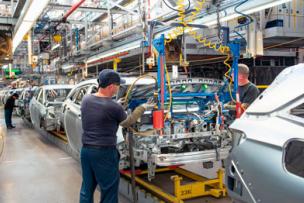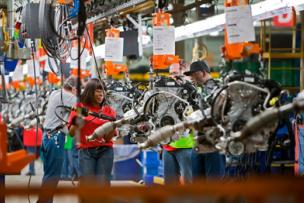When it comes to coping with the shifting tides of tariffs and the trade war between the U.S, China and other countries, there is no one size fits all. The steel and aluminum tariffs that were imposed in early 2018 are affecting U.S. manufacturing companies differently, depending on the nature of their business, the links in their supply chains and their type of customers.
As 2018 comes to a close, the status of the trade war between the U.S. and China and other countries is uncertain. Although the Trump administration and China agreed to delay the imposition of new tariffs that were supposed to go into effect Jan. 1, 2019, in order to allow for further negotiations, the details are fuzzy. If the two sides fail to reach agreement within 90 days, the administration says it will move ahead with raising tariffs on $200 billion of Chinese goods from the current 10 percent to 25 percent.
Insteel Industries Inc., which makes steel wire reinforcing products used in concrete construction, has seen the price of hot-rolled steel rise 30 to 35 percent since the tariffs were enacted, says H.O. Woltz III, chairman, president and CEO of Insteel.
The increase has come not only from foreign suppliers but also domestic ones. With such high material costs, it is hard to compete with imported finished products that do not have tariffs, which in Insteel’s case are pre-stressed concrete strand and welded wire fabric.
“Imports of finished products are having a field day in the U.S.,” says Woltz. “In a nutshell, this is a case where the elevated market price for hot-rolled carbon steel in the U.S. is not competitive with world markets,” he explains. “That has created a tremendous opportunity for foreign producers of downstream products to capture market share in the U.S.”
As long as U.S. hot-rolled steel prices remain substantially higher than world market prices, a significant part of the downstream industry is at risk, he says. While the steel melting facilities in the U.S. employ less than 100,000, “more than 8 million U.S. manufacturing jobs exist in downstream steel fabrication industries,” he says.
Insteel is struggling in some cases to cover the cost of production for certain finished products, and in those cases it is in the process of determining how to protect itself. “It’s very likely that we’ll begin to reduce operating hours and reduce our payrolls,” unless the situation changes, he says.
Woltz pointed out, however, that only 30 percent of the company’s business is subject to import competition. The rest—70 percent—are specialty products engineered for specific uses, where there is little competition from imports.







Talk to Us!
Leave a reply
Your email address will not be published. Required fields are marked *